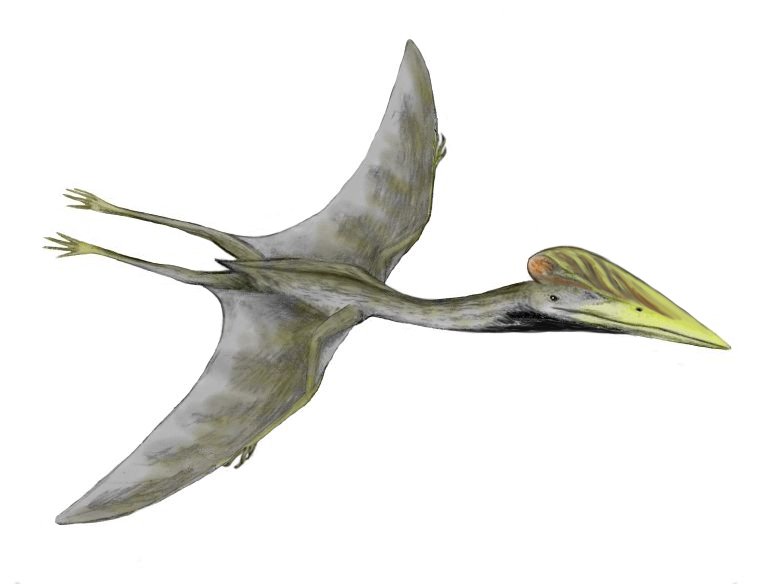Imagine a place on Earth so remote and desolate that it’s called the “oceanic pole of inaccessibility.” Now, picture this: hundreds of human-made spacecraft, satellites, and space stations, their journeys ended, lying silently on the seafloor, far from any human eyes. This is not science fiction—it’s the haunting reality of the Spacecraft Graveyard, a watery tomb that holds the secrets and remnants of our boldest adventures beyond the sky. For decades, this hidden underwater realm has quietly collected the fallen relics of our cosmic ambitions, each one with its own story of dreams, triumphs, and inevitable decay.
The Mysterious Location: Point Nemo
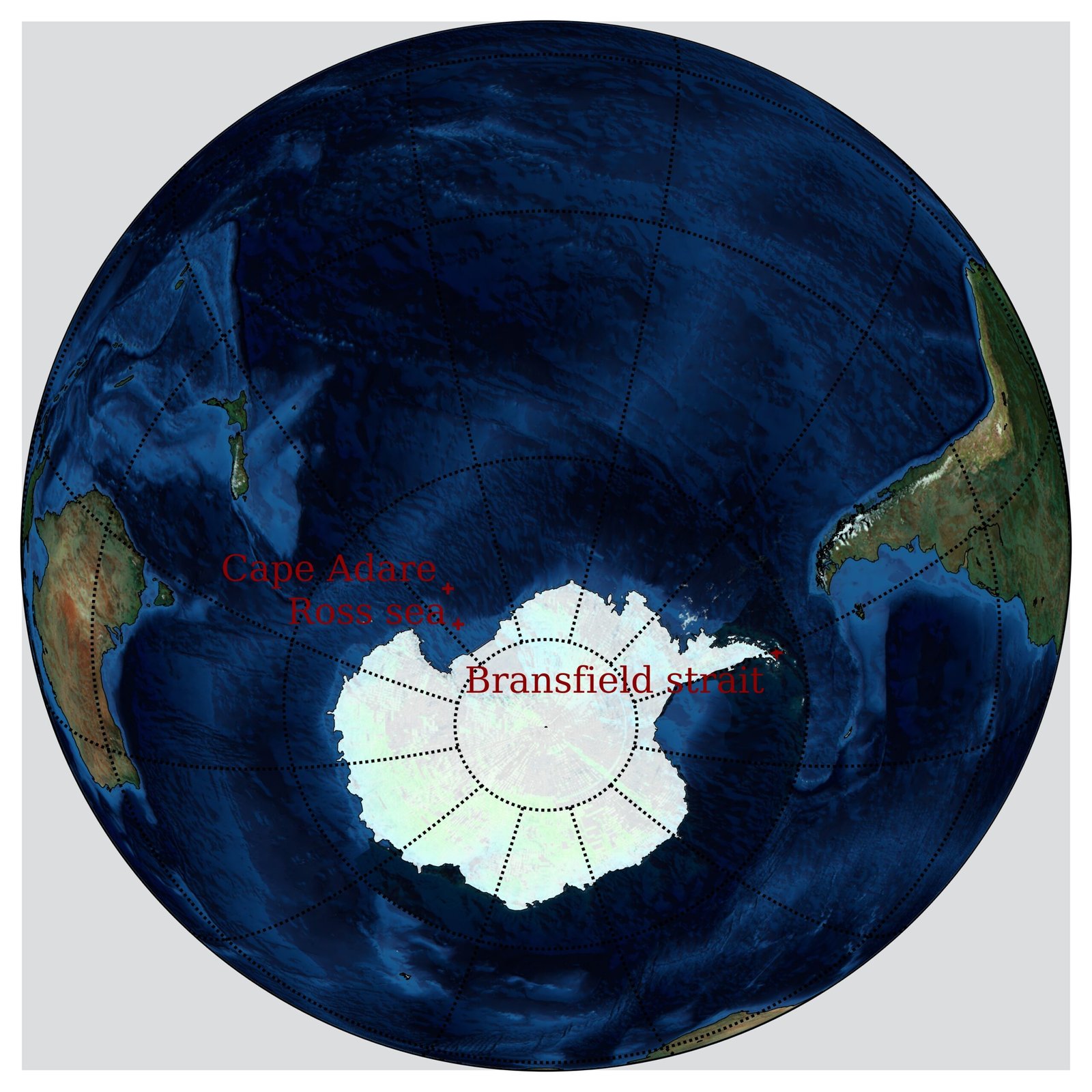
Point Nemo is the official name for this eerily isolated spot in the South Pacific Ocean. It sits nearly 2,700 kilometers from the nearest land in any direction, making it the most remote place on the planet. Sailors and explorers rarely visit, as it lies far from shipping routes and human activity. This makes Point Nemo a perfect resting place for decommissioned spacecraft. The ocean here is deep, dark, and largely unexplored, a natural vault where technology and time intermingle in silence. Many people are surprised to learn that such a place even exists, let alone that it serves as the final destination for some of humanity’s most advanced machines.
Why Spacecraft End Up in the Ocean
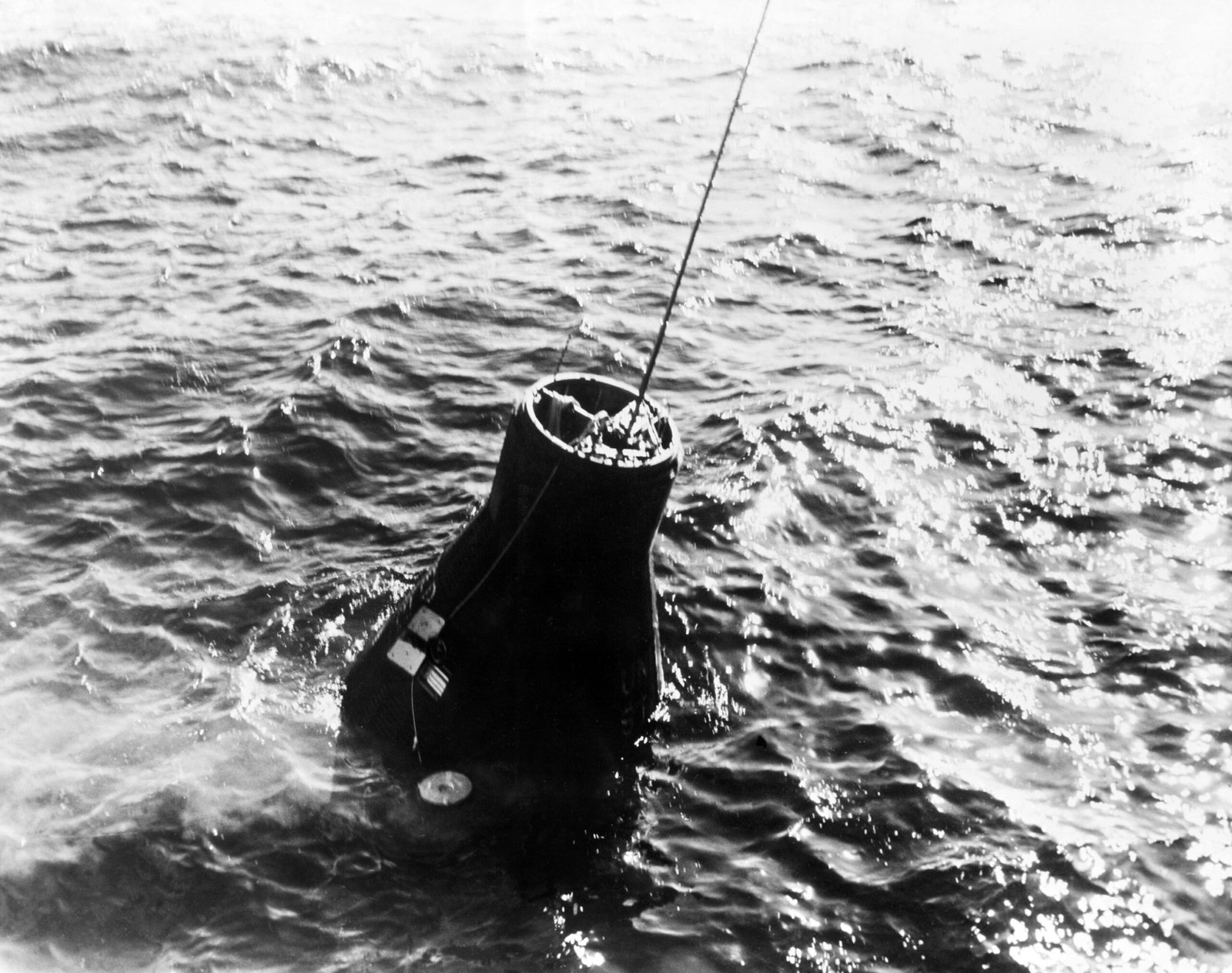
When satellites, space stations, and other large objects finish their missions, they can’t just stay in orbit forever. Space debris is a real threat to new missions and working satellites. To avoid a dangerous build-up of “space junk,” engineers plan for a controlled re-entry. The Pacific Ocean, especially around Point Nemo, is chosen because it’s so far from people and property. During re-entry, most of the spacecraft burns up in the atmosphere, but heavier pieces can survive the fiery descent. These remnants plunge into the sea, disappearing into the depths where they pose little risk to anyone.
Famous Residents of the Graveyard
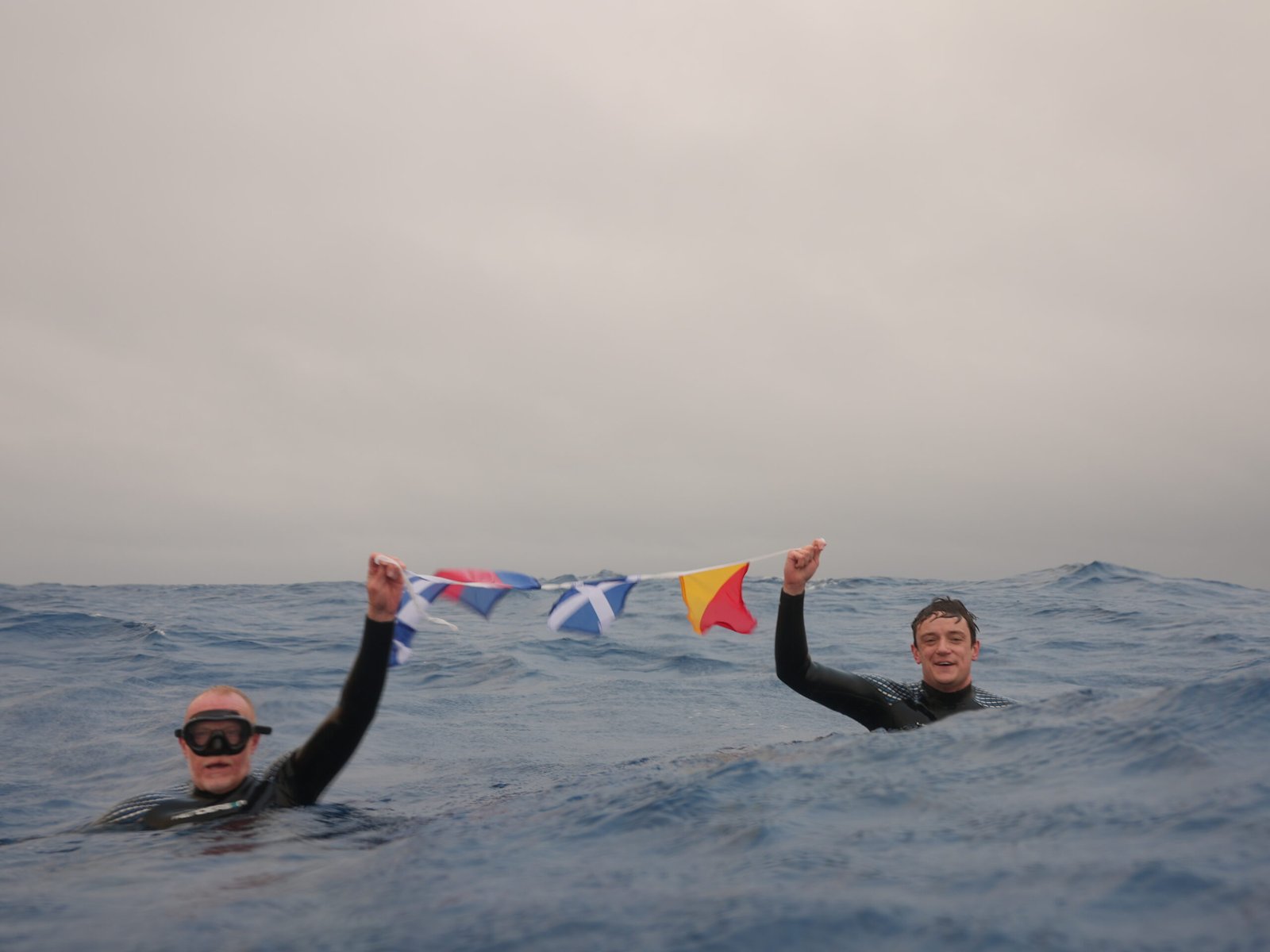
The most famous “inhabitants” of this underwater graveyard include Mir, the legendary Russian space station, and dozens of cargo ships from the International Space Station. Mir, which fell to Earth in 2001, was a scientific marvel that circled our planet for 15 years. When its time came, engineers guided it to a fiery end above Point Nemo, where its remains now rest. Even larger pieces of the International Space Station may one day join Mir, marking the end of another era in human spaceflight. These relics remind us of our achievements but also of the limits of our technology.
The Science Behind Controlled Re-Entry
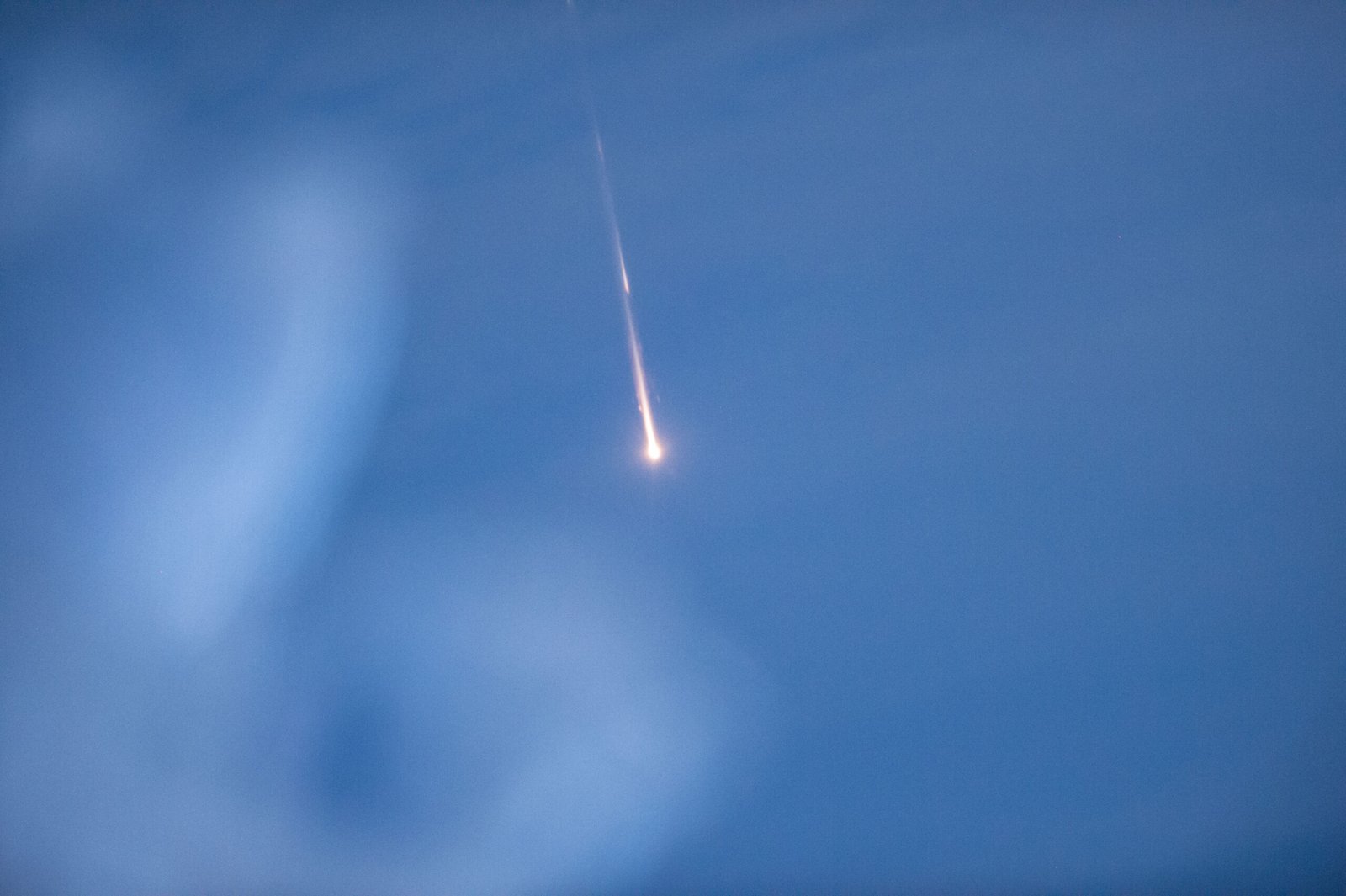
Guiding a massive piece of hardware back through Earth’s atmosphere is not simple. Scientists use precise calculations to make sure debris lands in the right place, far from populated areas. Space agencies monitor the spacecraft’s path, using onboard thrusters to adjust its trajectory. As it re-enters, friction with the atmosphere heats up the metal, causing most of it to burn away. Only the densest, sturdiest parts—like titanium tanks and engines—make it all the way down. It’s a dramatic, fiery finale to a journey that once began with the thunder of a rocket launch.
The Environmental Impact: Ocean vs Orbit
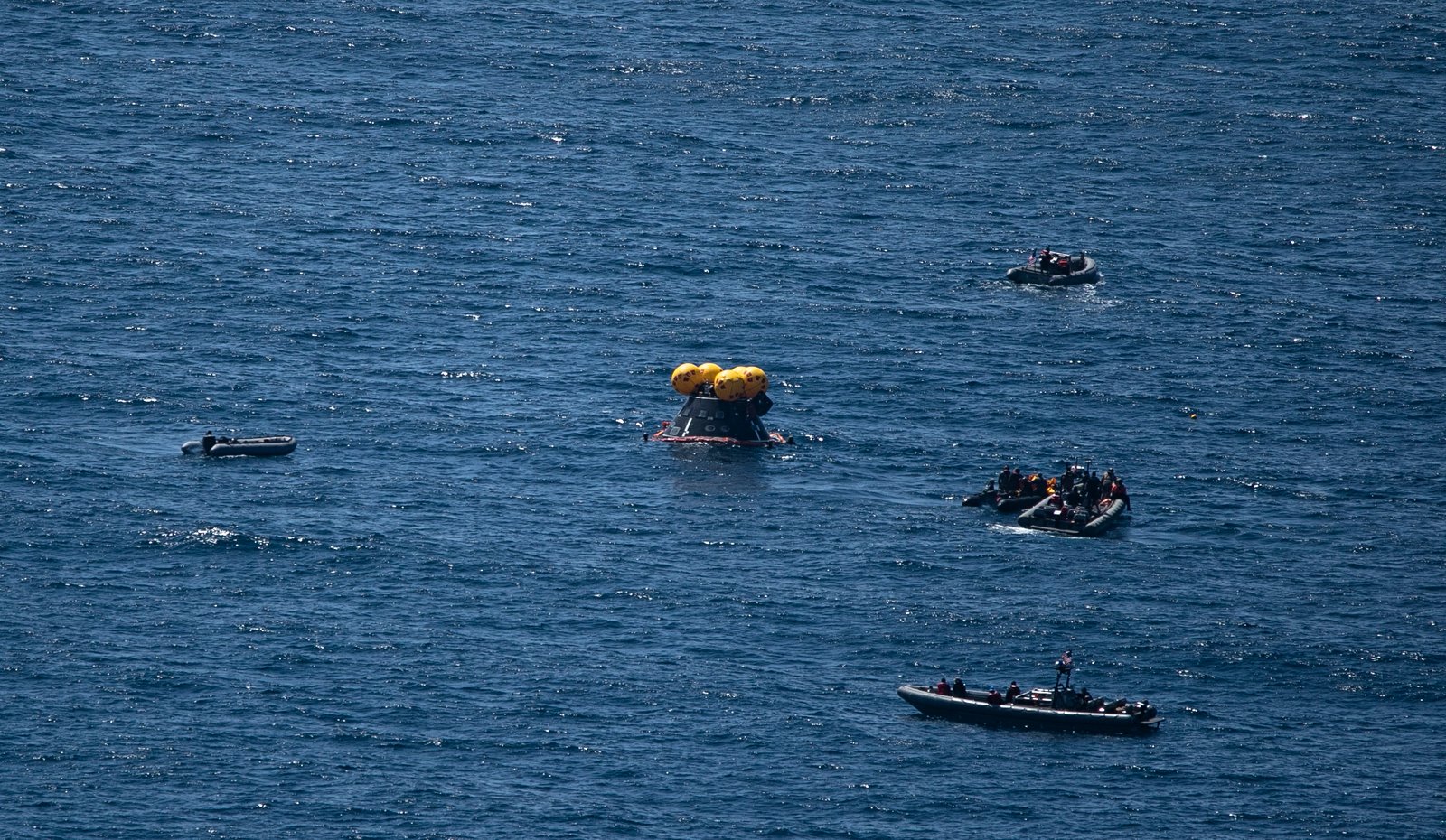
Some people worry about dumping old spacecraft into our oceans, but experts say it’s the safest and least damaging option. The chosen area is so remote that it’s nearly lifeless compared to coastal regions. Most debris that lands here is small and non-toxic, having burned up in the atmosphere. Still, environmental scientists keep a close eye on the practice. Compared to leaving junk in orbit, where it can collide with working satellites and start dangerous chain reactions, the ocean graveyard is surprisingly gentle on our planet. It’s a calculated trade-off: protecting the future of spaceflight while minimizing harm to Earth.
Secrets Lost Beneath the Waves
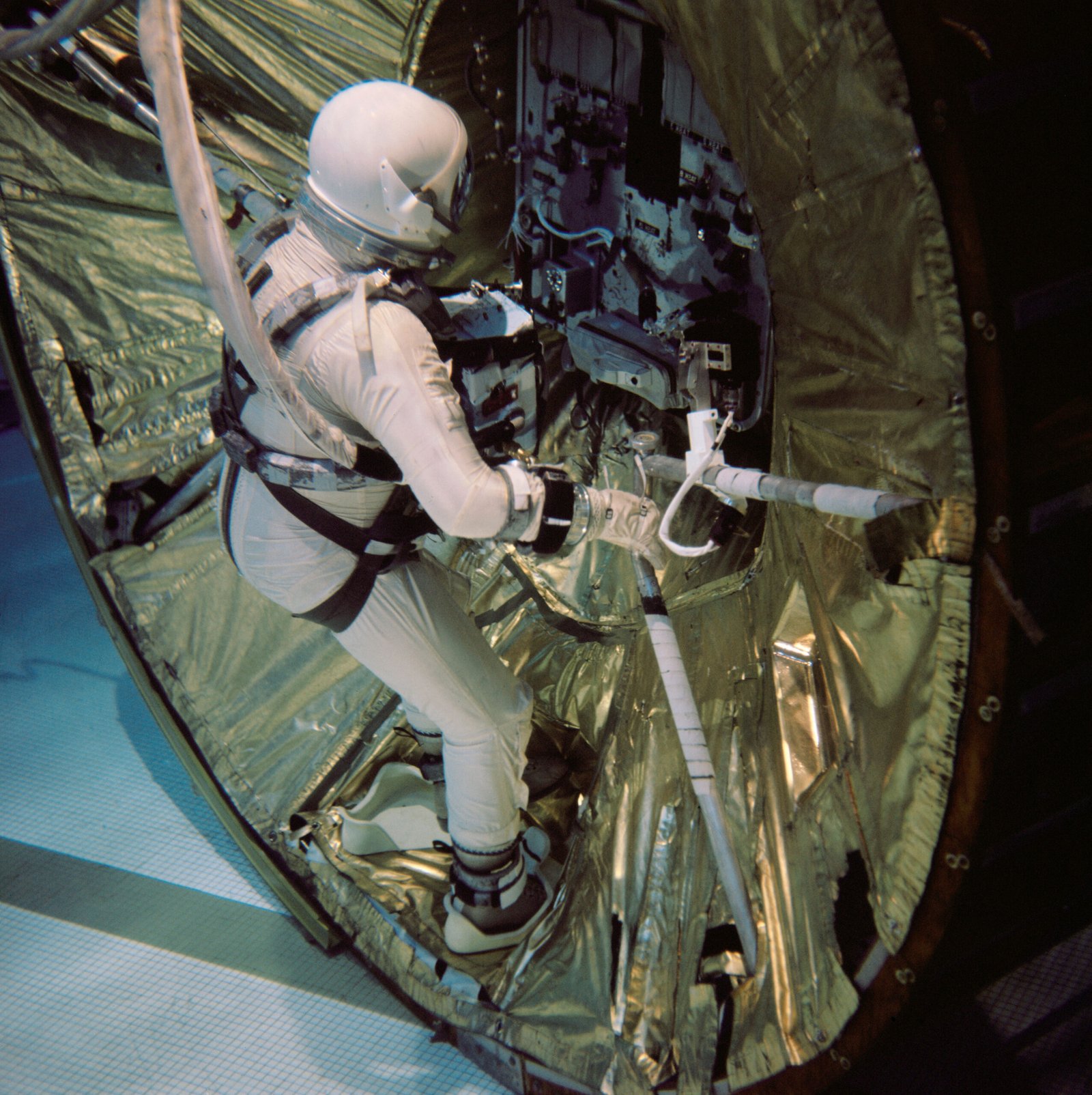
Very few people have ever seen the spacecraft graveyard up close. The depths around Point Nemo are dark and cold, with crushing pressures that make exploration difficult and expensive. The remains of Mir, Progress cargo ships, and other craft lie scattered across the seafloor, slowly corroding in silence. For oceanographers and deep-sea explorers, these relics are like time capsules—preserving a moment in history that few will ever witness firsthand. The graveyard is both a monument to progress and a haunting reminder of all we leave behind.
Risks and Challenges in Spacecraft Disposal
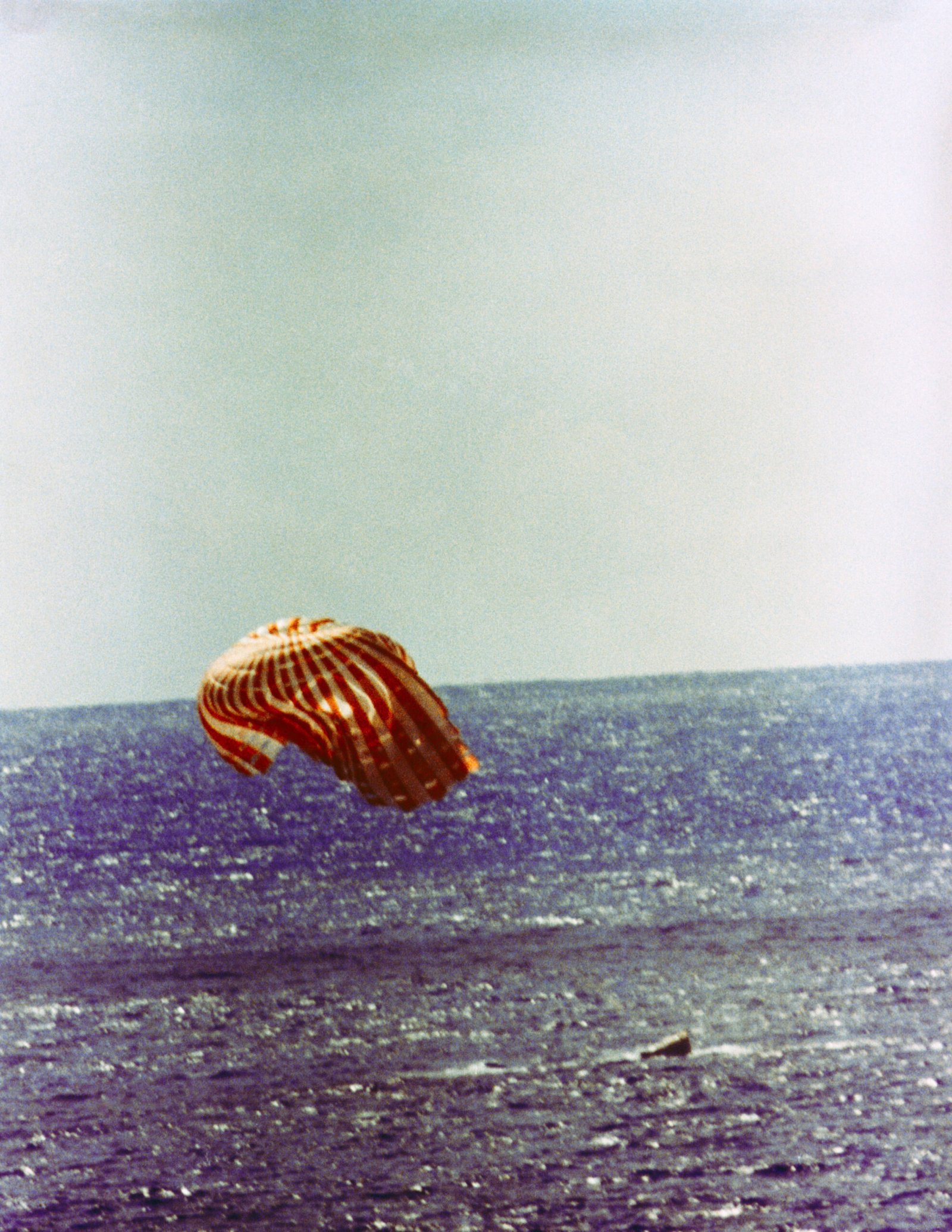
Disposing of massive, complex machinery is never without risks. If calculations are off, debris could fall in the wrong place, endangering ships or even people. In rare cases, pieces have landed far from the intended target, though such accidents are extremely rare. International rules and close cooperation between space agencies have made these events less likely. However, as more nations launch satellites, the challenge grows. Each new mission must plan for a safe, controlled end, or risk adding to the dangerous cloud of debris circling our planet.
Future of the Spacecraft Graveyard
As technology evolves, so do the ways we handle space debris. Some experts are working on new methods to recycle or “de-orbit” satellites using robotic tugs or giant nets. Others dream of building spacecraft that can burn up completely during re-entry, leaving nothing behind. Yet, for now, Point Nemo remains the world’s most reliable and remote solution. In the coming decades, even larger objects—like the International Space Station itself—may join the graveyard, marking another chapter in our ongoing exploration of the cosmos.
The Human Side of Space Debris
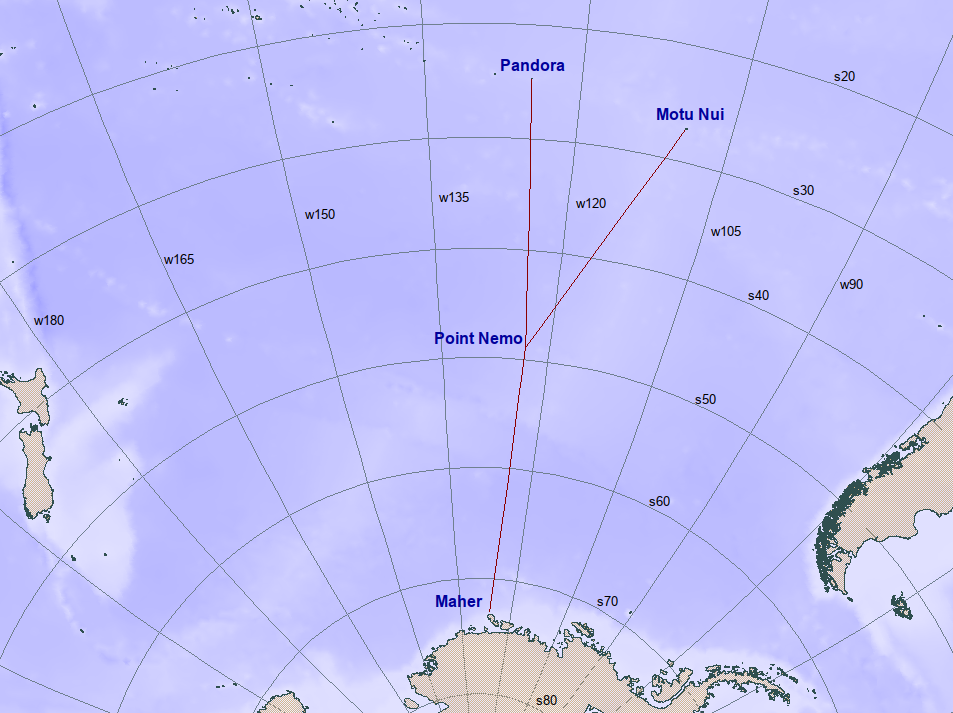
Behind every piece of space junk lies years of human effort: the dreams of engineers, the hopes of astronauts, the excitement of scientific discovery. The graveyard is not just a dump—it’s a silent archive of our ambitions and achievements. For some, it’s a place of nostalgia, remembering the thrill of missions now lost to time. For others, it’s a call to action, inspiring new ways to protect both our planet and the universe beyond. The silent seafloor tells stories of risk, adventure, and the unending quest to reach for the stars.
Looking Ahead: Responsibility in Space
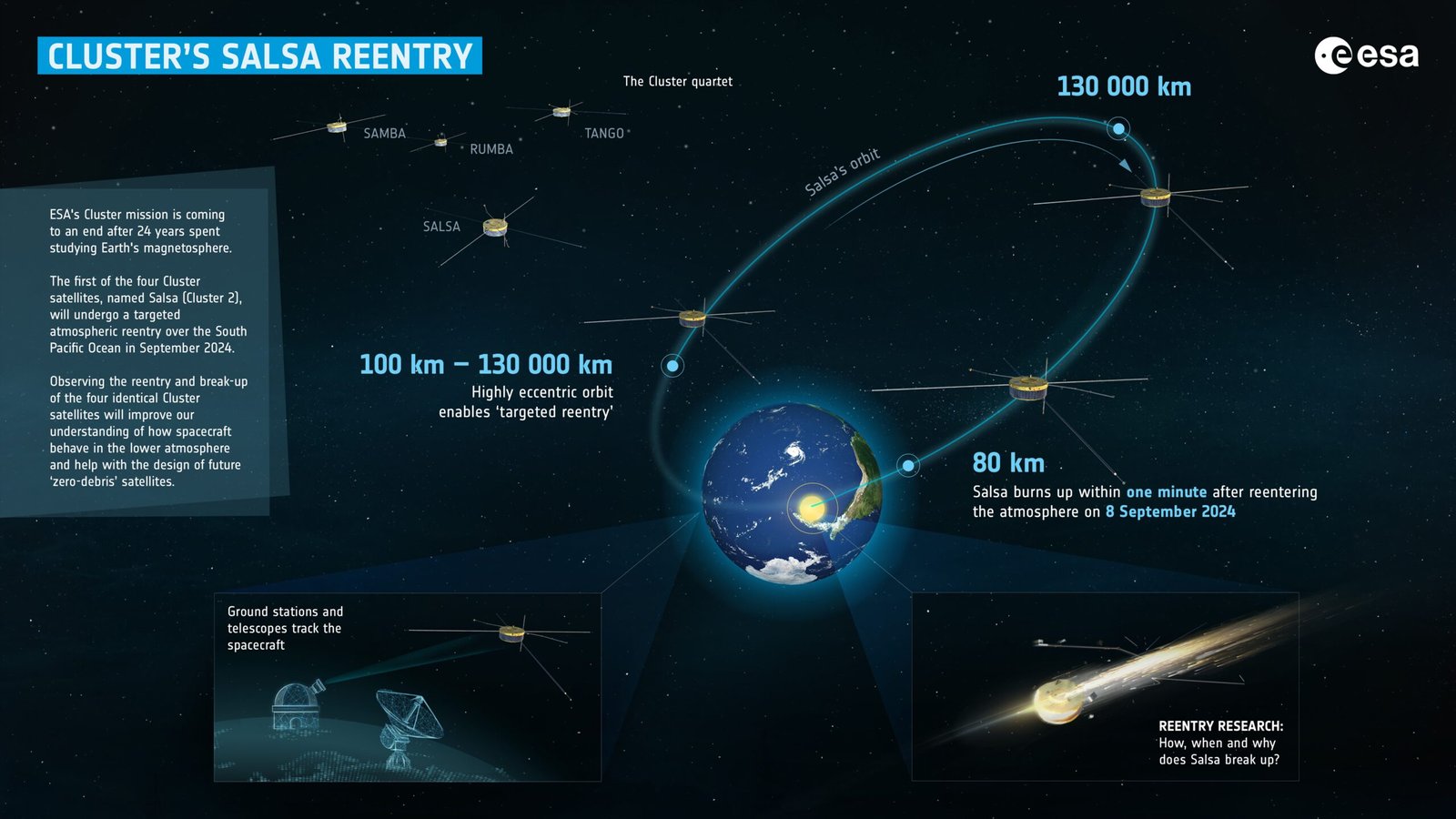
As we send more machines into orbit, our responsibility grows. The choices we make today will shape the safety and sustainability of space travel for generations. Space agencies are already working together to create better rules and smarter solutions. The hope is that, one day, we’ll need fewer watery tombs like Point Nemo. Until then, the spacecraft graveyard stands as a powerful symbol of human ingenuity—and the eternal balance between exploration and preservation.


